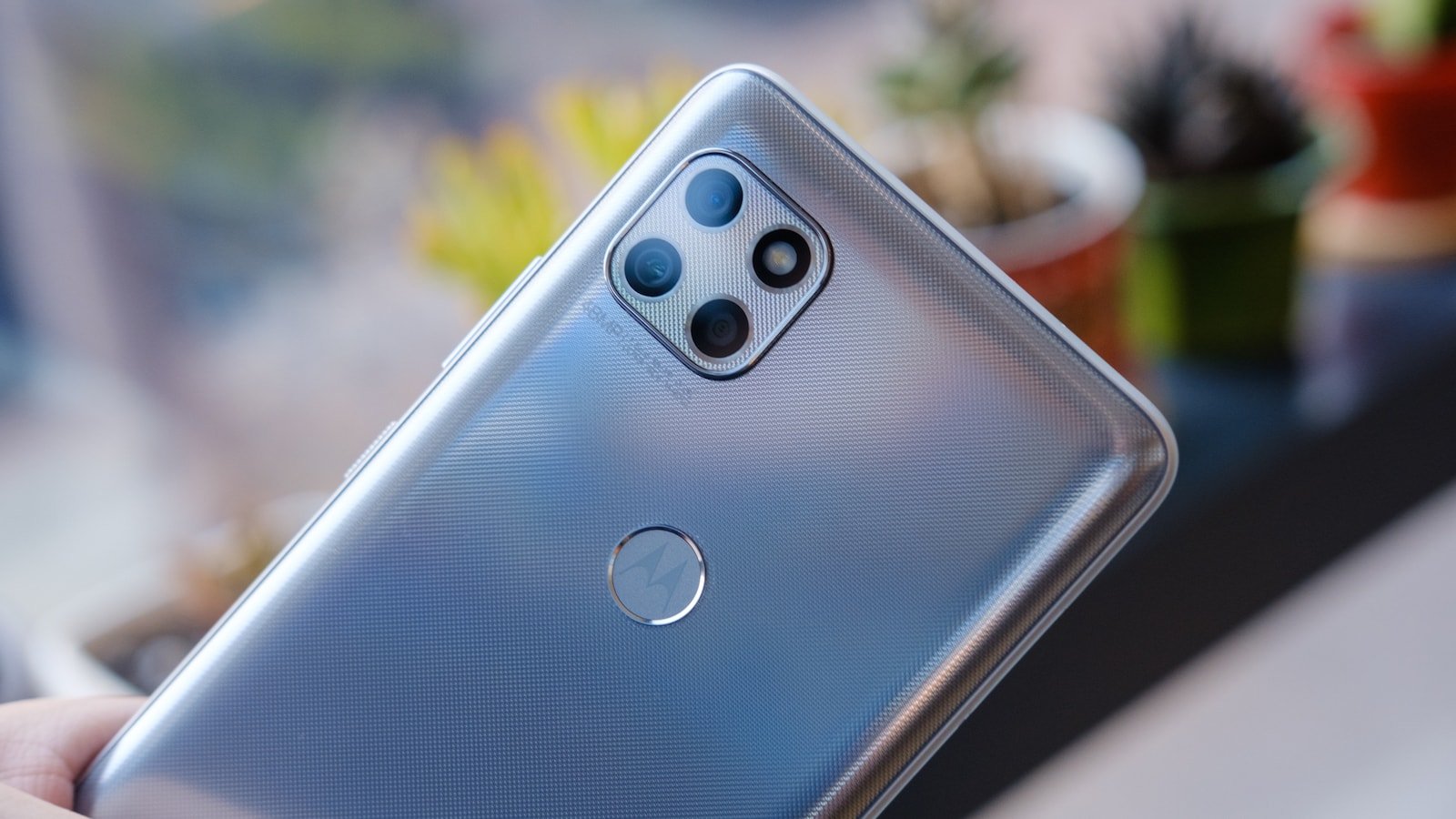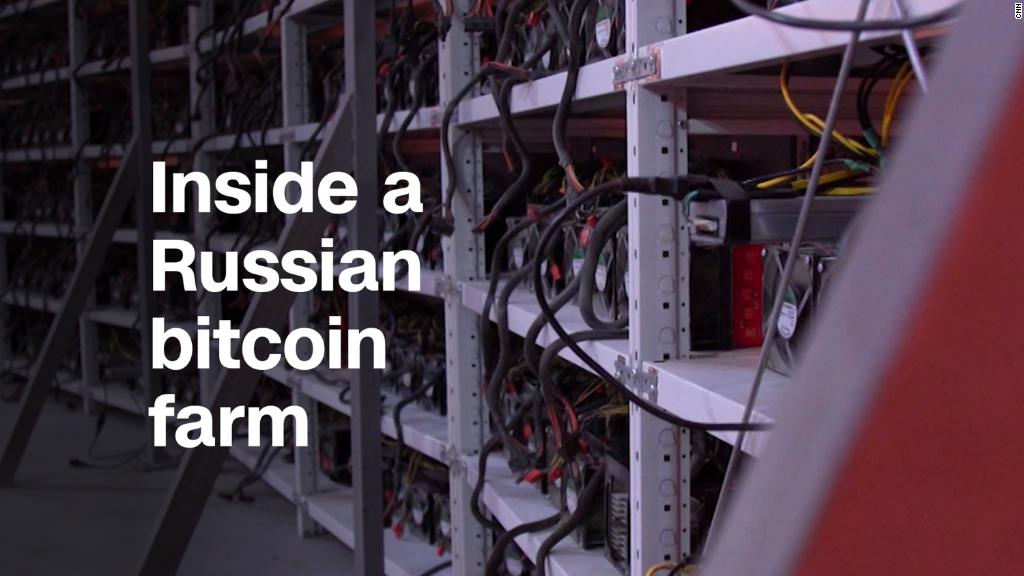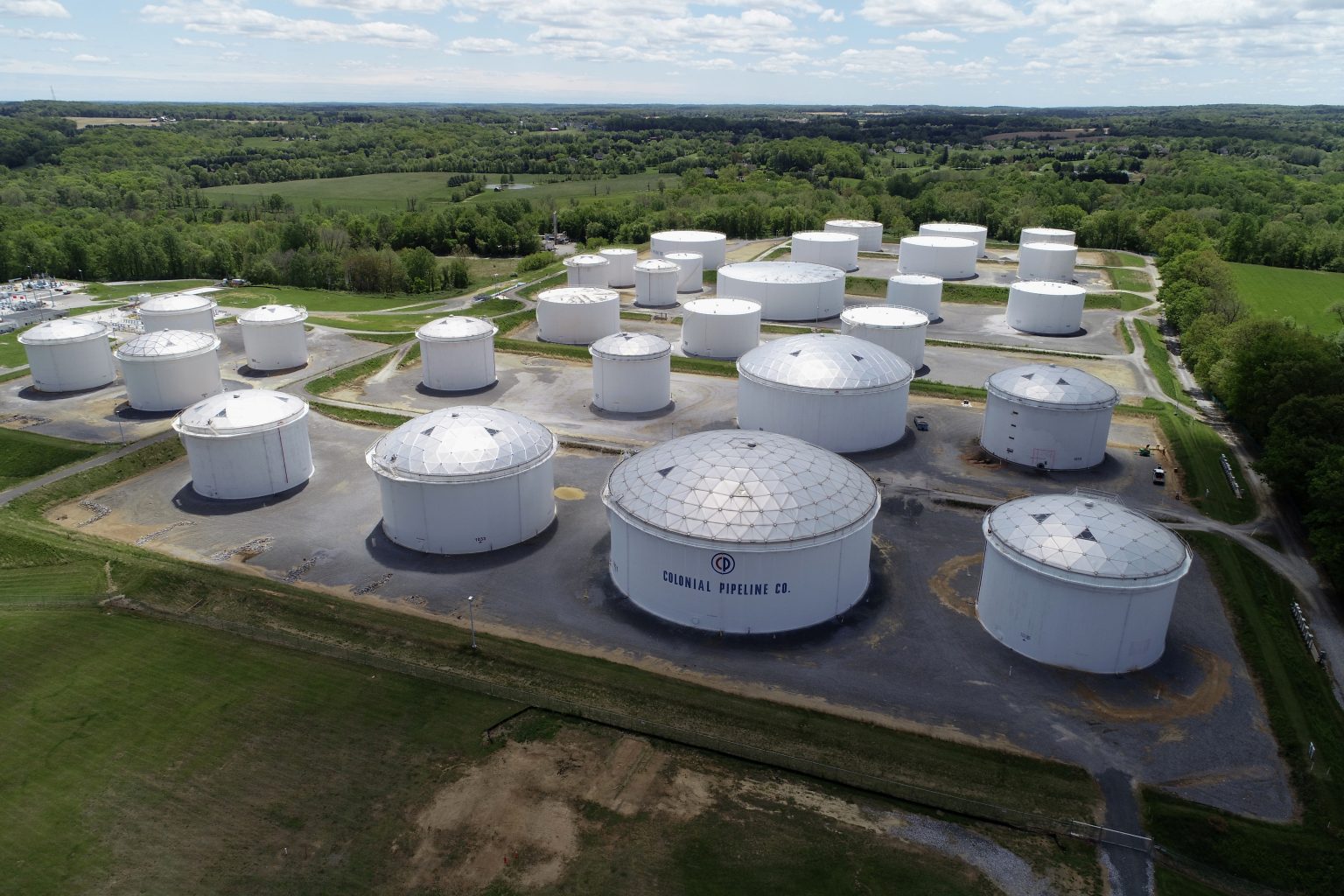When a dealer sells, or writes an option to a retail investor like my friend Ed, it typically hedges the position by entering the market and buying or selling the underlying stock. So if it is a call option and the stock is trading close to the strike price, the dealer might go out and buy 100 shares of the stock in case the holder calls the stock. If you had bought just one share of Apple, you would own 56 shares today after the stock splits.
Those shares would be worth $14,896 at the current price of $266 per share. That means that if you had invested $10,000 in Apple in 1980, you would have about $6.7 million. The second Apple stock split took place on 21 June 2000, and was also a two-for-one split. Shortly afterwards though, in September 2000, share prices were halved as many technology companies experienced a rapid decline. This was around the time the dot-com bubble burst, where many companies went out of business and others decreased in value. Apple blamed lower-than-forecast sales, as well as a weaknesses in the education market.
While Apple was affected temporarily, the company's shares made a full recovery and went on to achieve new highs. A $100 investment would have purchased 4.54 shares at the IPO price. Apple's fourth and final stock split to date happened on 9 June 2014. This was the most significant of Apple's stock splits, with a seven-to-one ratio taking shares from close to $700 down to around $100. Apple wanted to make shares accessible to more investors, but it's also speculated that they set their sights on inclusion in the Dow Jones Industrial Average index. This index acts as a benchmark, with 30 stocks included from key economic sectors.
As it's a price weighted average, Apple's stock price needed to be reduced before it was feasible for the company to be added. It was announced that Apple would join the Dow Jones in March 2015 and it has been a part of the index since March 2019. When looking at the value of a company's shares, it can be difficult to interpret how successful the company has been based on its stock prices following a split. Apple's current share price of around $408 doesn't look as impressive as it would have done ahead of its four stock splits.
Apple's first stock split occurred on 16 June 1987, seven years after it became a public company, and it was a two-for-one stock split. It kept share prices low enough to make them accessible to investors. You'll generally want to look at the current share price, estimate the price at which you would sell the stock and calculate the difference. Then, multiply that price by the number of shares you intend to trade to see how much your profit would be, before commissions. Then, subtract the commissions you'd pay to both buy and sell the stock, and determine if the transactions seem worth it. You are being provided this Market Note for general informational purposes only.
It is not intended to predict or guarantee the future performance of any security, market sector or the markets generally. This Market Note does not describe our investment services, recommendations or market timing nor does it constitute an offer to sell or any solicitation to buy. All investors are advised to conduct their own independent research before making a purchase decision. Do not use the information contained in this email as a basis for investment decisions. You should always consult your investment advisor and tax professional regarding your investment situation before investing.
The charts and graphs are obtained from sources believed to be reliable however Siebert AdvisorNXT does not warrant or guarantee the accuracy of the information. Any retransmission, dissemination or other use of this email is prohibited. If you are not the intended recipient, delete the email from your system and contact the sender. This is a market commentary, not research under FINRA Rule and FINRA Rule 2210 . It seems unlikely that Apple will complete another stock divide in the near future. Share prices are still climbing (they are currently trading at around $186), however shares were worth close to $700 before the last split in 2014.
Apple may consider another stock split if share prices continue to rise, but for now, this move probably wouldn't be in the best interests of the company. An investor buys a share in Apple in January 2005, so they have one share worth $77.00. After the two-for-one stock split a month later, they own two shares in Apple, but each of these shares is worth half the amount, at $38.50. If the shareholder keeps these two stocks until May 2014, they will be worth $1,266 ($633 each) as the stock price appreciates. With the fourth stock split, each of these stocks will then be split seven times, so that the shareholder owns 14 shares in Apple. To determine for yourself if a small trade is worth it, you'll want to look at your brokerage's commission and the actual stock price.
Buying 50 shares of Berkshire Hathaway, the company helmed by Warren Buffett, could at times cost you upward of $15 million since one class of stock in the company has traded above $300,000 a share. Other companies' stock trades for as little as a penny, so buying 50 shares would only cost you 50 cents. A commission of $5 dollars on a 50-cent purchase has a much different effect on the total cost than a $5 commission on a $15 million purchase. Ford's initial public offering was the largest in history at the time, raising $657 million for the automaker. But despite its $52 billion market capitalization, the company's shares are valued at about one-third of where they were as recently as 1998 — even with six stock splits along the way.
Apple first sold shares to the public on Dec. 12, 1980, at $22 per share. The stock has split four times -- three times at 2-for-1, and one split at 7-for-1. This means you would have received two shares for every one share, or seven shares in that one case. The waystock splitswork is that you receive more shares but the stock price is cut proportionally, so the value of your investment stays the same. This is where split adjusted figures come in – they account for stock splits when working out return on investment.
With Apple, stock adjusted figures would acknowledge the fact that one stock bought during its initial public offering would now have become 56 shares. Had you purchased $990 worth of Netflix stock at its original IPO price in 2002 and held onto the stock through two stock splits, you would have 924 shares of stock valued at $340,956 (as of Feb. 4, 2020). Your return on investment would have been an astonishing 34,340% over almost 18 years. On Thursday, Apple shares closed at a new all-time high of $300.35 (on a split-adjusted basis), adding $30 billion to the company's market capitalization of now $1.335 trillion. If you had bought $1,000 worth of Apple shares on January 9, 2007, the day Steve Jobs unveiled the original iPhone at MacWorld 2007, your investment would now be worth $26,103. It is actually an interesting way of relaying another Wall Street postulate known as theodd lot theory.Stocks used to be traded in round lots of 100 shares.
Because those round lots were costly, it was assumed that if someone was seeking to trade anodd lot, less than 100 shares, that they were a small and unsophisticated investor. Also, back in those days, timely information was hard to come by, and was reserved for big fish and insiders. So round-lot-big-shots moved the markets, and when theyknewthat the market had run its course they would exit. By the time, the odd-lot-little-shots got the information, it was too late, as they were most likely still getting into the market. In internet / stock meme terminology, those odd lot investors were leftholding the bag.
In the charts below, all data splits are adjusted and gain-loss figures do not include dividends, interest, distributions or fees except on cash accounts. The portfolio value represents current holdings and the comparison charts represent current and historical prices of individual benchmarks, stocks or exchange-traded funds. Apple Inc. is one of the very few companies that had successfully sensationalised the American stock market since its launch. Headquartered in Cupertino, California this technological behemoth was co-founded by Steve Jobs, Ronal Wayne and Steve Wozniak in 1976. The company was launched with a view to innovate the field of technology and aimed to create unrivalled products for the lovers of superior experience.
Its premium products include iPhones, iPads, Apple Watches, Apple cards, Macs, Apple News+, Apple Pay, and Apple TV+. This is a bundled plan comprising four major Apple services namely, Apple Music, Apple TV+, Apple Arcade, and iCloud. Among all the advanced gadgets engineered by Apple Inc, iPhones have especially captured attention all around the world and is currently one of the highest selling smartphones.
This company started its business with a single product Apple I, a computer designed and hand-built by Wozniak. To financially support this creation, Jobs sold his Volkswagen Microbus, and Wozniak sold his calculator HP-65. The hard work and sacrifices of the founding members paid off when Apple laid hold of the biggest stock market launch in history after Ford. It kept growing from both technological and financial aspects, and by the beginning of the 21st century, Steve Jobs had become the face of Apple.
After his demise, many have criticised the company's products for their lack of innovation, but its market has consistently retained its loyal customer base. Stock divides might not directly increase share prices, but they can often result in higher share prices further down the line. By making shares accessible to new investors, demand can increase, causing the share price to appreciate and the total market capitalisation to rise.
The company has previously split its stock four times when its shares have seen significant price increases, as highlighted in the table below. In the first three instances, stocks were split in two when the price was near triple figures. Then, in 2014, share prices rose sharply and a higher split ratio was used. For instance, Warren Buffett's Berkshire Hathaway (BRK-A), has never split its stock, which is why each share is currently $291,040, far too costly for most investors to buy 1 share let alone 100 shares.
If you owned 1 share of Berkshire Hathaway, you could not diversify your holding without selling your entire position. It's because he wants to create a high barrier to entry to ensure whoever is buying his stock is a serious long-term investor and not a speculator trying to day trade. Little wonder many of the company's founders are some of the richest people in America. Just as Apple's market capitalization hits the $3 trillion milestone, its share price as a percentage of the Nasdaq 100 index's value is bumping up against a key technical level.
In recent prior times, the stock price has risen above such a level and then subsequently declined. As fractional investing becomes more popular and widespread, some experts speculate that stock splits will become less important as fractional shares allow you to buy into a company at virtually any price point. When you're ready to invest, you can opt to invest a lot of money at once or small amounts gradually over a long period of time, via dollar-cost averaging. This is when you buy fixed dollar amounts of stock at regular intervals—usually monthly—regardless of the stock's price. It decreases your risk and can help you pay less per share on average over the long term.
Consider investing in a mutual fund or an ETF that has a position in Apple. Unlike mutual funds, ETFs don't require a minimum investment and many are commission and/or fee-free. But if you're really set on buying actual shares in the company, consider setting a minimum aside in your brokerage account and buy fractional shares. You can buy a little at a time until you secure a full set of shares. All Apple stock price quotes in this article are outright prices, not prices adjusted for dividends and splits.
The effect of stock splits is noted and calculated into the total result. But the effect of dividends, which would slightly enhance the value of the investment, is not reflected. While a stock split might be carried out to encourage investment, the split in itself doesn't affect the market capitalisation of a company. Existing shareholders will own more stocks, but each of those stocks is worth less, so there is no change to the total market value of the company.
Siebert AdvisorNXT, Inc.("SiebertNXT") – A Registered Investment Advisor that provides investment advisory services and discretionary investment management for a fee. These documents contain important information that should be carefully read before enrolling in a managed account program. Siebert AdvisorNXT, Inc. is a wholly owned subsidiary of Siebert Financial Corporation.
With the exception of a few online brokers that allow you to purchase fractional shares , most investors buy whole shares of a company and usually in increments of 100. The term is relevant because fewer number of shares make it hard to rebalance and manage risk in a portfolio, since you cannot trade fractional shares of a stock. That very likely would be enough to put it among 2022's best stocks. A reverse stock split reduces a company's number of shares outstanding. If you owned 10 shares of a stock in a company, for example, and the board announced a 2-for-1 reverse stock split, you'd end up with five shares of stock.
If the 10 shares were valued at $4 per share before the reverse split, the five shares would be valued at $8 per share after the reverse split. Moody's Daily Credit Risk Score is a 1-10 score of a company's credit risk, based on an analysis of the firm's balance sheet and inputs from the stock market. The score provides a forward-looking, one-year measure of credit risk, allowing investors to make better decisions and streamline their work ow. Updated daily, it takes into account day-to-day movements in market value compared to a company's liability structure. While it certainly would have been wonderful to acquire Apple stock for just a little over $20 a share in hindsight, that doesn't mean the stock isn't now also worth buying at a just under $200 a share.
Apple's financials look strong across the board, and the company has more than established its ability to introduce quality products and win in the marketplace. Therefore, investors may do well to consider buying Apple for future returns on investment. But by the end of 2002, the stock price declined to $14.33 a share, which represented an approximately 40% loss in the hypothetical $100 stock purchase made at the start of the year. By the end of 2004, Apple's stock price climbed to $64.40 per share, making an original four share investment worth $257.60.
The market capitalization sometimes referred as Marketcap, is the value of a publicly listed company. In most cases it can be easily calculated by multiplying the share price with the amount of outstanding shares. Apple Inc. went public 37 years ago Tuesday, raising a little over $100 million by selling its stock for $22 a share ($2.75 on a split-adjusted basis). The sale was as eagerly anticipated as any initial public offering, including those of other tech innovators like Netscape, Google or Facebook. Some 40 Apple employees became instant millionaires, starting with Steve Jobs, who was suddenly worth $217 million. Regardless of whether your stock splits, remember to factor in your transaction costs when calculating your cost basis.
For instance, if you buy 100 shares of Nike at $50 a share and pay $10 in commission, your cost basis per share is actually $50.10 a share. The reverse is true for net proceeds – if you sell 100 shares of Nike at $50 a share and pay $10 in commission, your net proceeds for tax purposes is actually $4,990. Reverse stock splits are rarely beneficial for shareholders because the stock price starts off at a higher price and you have fewer shares, making it more difficult to re-balance your portfolio. In all likelihood, the stock price will continue to decline after a reverse split.
In Citigroup's case, the stock continued to decline after the split and has yet to recover. About two years after Disneyland opened, the company Walt Disney built — with some help from Mickey Mouse, of course — went public. Almost 65 years and eight stock splits later, a modest investment in the entertainment giant would now be worth a fortune. The last time Apple allowed outside investments prior to its IPO was 16 months earlier. The other six investors bought their stake then, and say the percentage returns they saw in that short time were as much as they would have seen by buying on IPO day and holding onto the shares until today.
How Much Would 100 Shares Of Apple Be Worth Today In the end, a stock split—or even a reverse stock split—doesn't have a huge practical impact on a company's current investors. A stock split's biggest impact is on investors who might be watching a particular stock and hoping to purchase a full share for a lower price. For those investors, a stock split can provide a powerful motivator to get off the sidelines. When a company is concerned that its share price is too high or too low, it can opt for a stock split or a reverse stock split. A stock split can help a company lower its share price to appeal to new investors, while a reverse stock split can boost its share price and help preserve its listing on a major stock exchange. Information provided on Forbes Advisor is for educational purposes only.
Your financial situation is unique and the products and services we review may not be right for your circumstances. We do not offer financial advice, advisory or brokerage services, nor do we recommend or advise individuals or to buy or sell particular stocks or securities. Performance information may have changed since the time of publication. Keep in mind, if your investment has increased in value, you may owe taxes on your profit. These so-called capital gain taxes are determined based on your income level and how long you held your AAPL stock.




























No comments:
Post a Comment
Note: Only a member of this blog may post a comment.